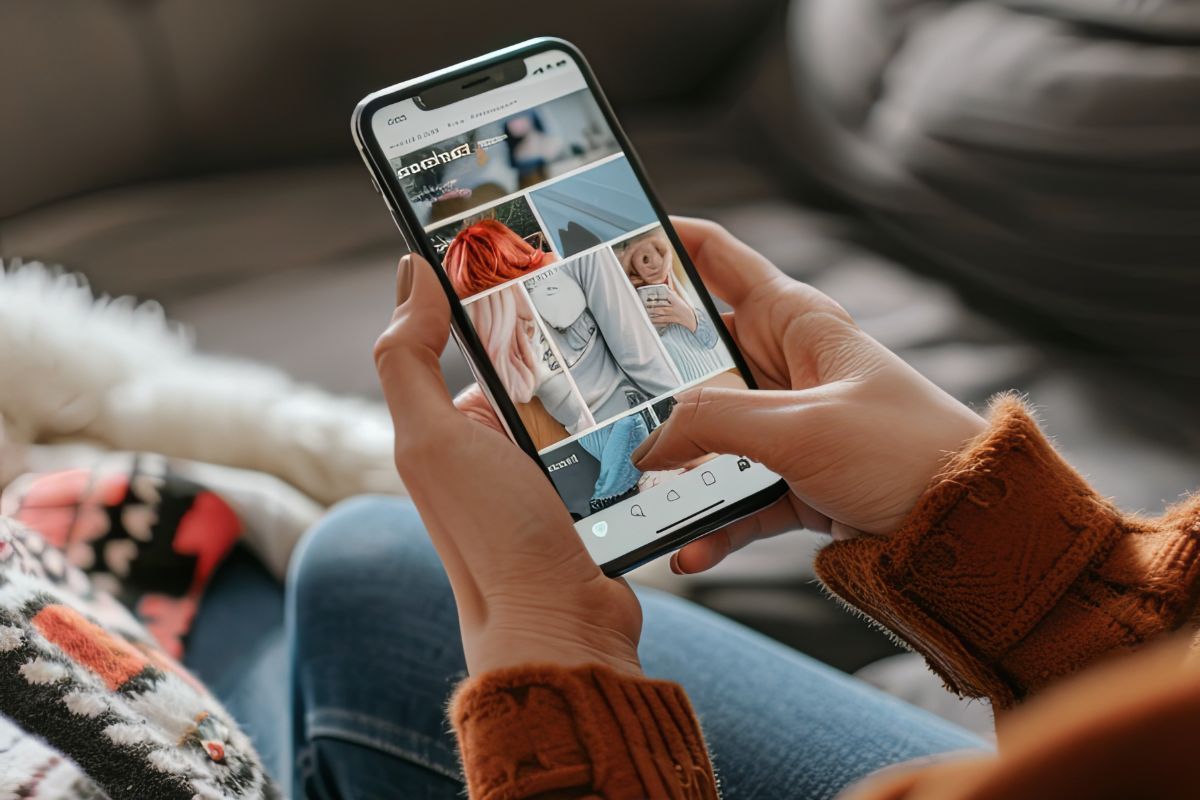Shoppers in the market for a television ahead of this year’s World Cup have been able to try out how the model they’re thinking of buying would look in their home – without ever leaving the house.
Using augmented reality (AR), now available in Argos’ mobile app, they’ve been able to see it, via their smartphone screen, in pride of place in their room of choice.
“This was very much designed around the customer’s needs,” says Mark Steel, digital director at Sainsbury’s Argos. “We know that bigger and bigger TV sizes are becoming so popular with our customers. We’re seeing an increasing number of TV sales in giant sizes and the big question is,
‘Will it fit nicely in my home, on the wall space I have for it?’. The AR is focused on showing the life-size fully-to-scale 3D television on your wall at home, and we even built the capability of being able to play videos on that TV, so that you get a really lifelike experience rather than a black rectangle on the wall.”
Television is the latest category to get the augmented reality treatment from Argos. The retailer can also show what a sofa would look like in a room, and what Lego models look like when built – and how they fit the available space. “Being able to see the Millennium Falcon from the latest Star Wars film fully assembled and actually animated in my son’s bedroom so that we could look at that together, dad and son, and see that product come to life, it really helps to understand whether that’s something they’re going to play with, and if it’s going to be good value in terms of a purchase as a parent,” says Steel.
“It was about trying to take the benefits that great technology and smartphone technology offered and turn it into a really great shopping experience for our customers.”
Argos started looking at the possibilities of AR when Apple and Google unveiled the functionality for their iOS and Android, respectively, phones. As yet, RetailX research for this IRUK Top500 Merchandising Performance Dimension suggests, only 3% of IRUK Top500 retailers are using AR in their mobile apps. Steel suggests that’s because the Android and iOS smartphones that have the technology are still relatively new to the market, and so many retailers may find there’s not as yet the critical mass of consumer demand to justify the investment. “One of the benefits we have at Argos is because we have our own in-house technology colleagues we can very much get a head start on new technology by getting to it early. It can be tricky, technically challenging, but we try to challenge ourselves with customer outcomes in mind – experiences that are useful and meaningful for our customers rather than just technology for the sake of it.”
Focus on the customer experience across categories
As yet, AR is still an emerging technology, but the Argos reasoning for using it is the same as its reasoning for using quality images, product videos and more. Given that 60% of Argos sales start online, and given that more than 70% of those sales take place on smartphones, and given that Argos was the first retailer to turn over more than £1bn from mobile commerce, it’s “not a ‘nice to have’ but an essential”, says Steel. “If you think about it, a mobile smartphone is really like having a department store in your pocket. We’re there at the touch of a finger or at a word, increasingly, now. Smartphones have become more and more powerful – we’ve had lots of really talented colleagues thinking about how do we use all that technology in that tiny device to make it easy to shop.”
But the mobile phone presents a challenge in its own right. “There’s limited real estate to give customers a really immersive experience,” says Steel. “We have worked really hard as retailers to make it easier for customers, to make a really seamless, connected experience for them to shop. I think it’s really important to convey the value in a product. You get customers to the information that they need really quickly.
“For us, alongside, AR, we are spending a lot of time working on some of the fundamentals of mobile retailing, having really clear descriptions, getting customers to product pages really quickly, not putting too many steps in the journey, not making it difficult for customers to navigate and browse the site, particularly on mobile – it’s very important for us.”
The full-length version of this interview will appear in the IRUK Top500 Merchandising report in September, when it will appear on the InternetRetailing research page. Click here to find out more.
Image: InternetRetailing Media








